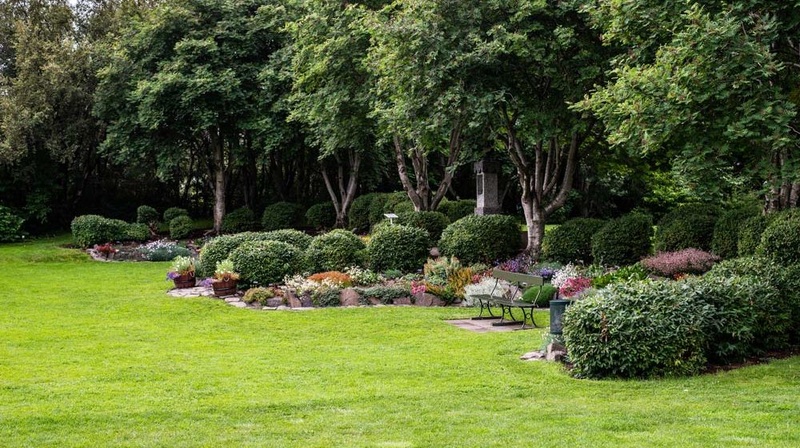
Late Winter Shrub Care
With spring arriving in less than a month, it’s time to help your plants begin transitioning to the warmer seasons. You might be seeing new growth already, so don’t wait much longer to fertilize, water, prune, and control pests.
If you’re starting to see little green shoots on your shrubs, you’re not alone. Across the state, February and March bring new growth after a slow cold season. Of course, that means your bushes will need a little tender loving care to wrap up the winter and prepare for spring. Let’s talk about late winter shrub care you should start soon, including fertilization, pruning, water, and pest control.
Fertilization
First point: don’t get too worked up about fertilizing. It’s relatively simple, and it’s not critical to complete it immediately, though it should be on your to-do list in the next few weeks.
Most gardeners find that a solid general-use fertilizer with a good amount of nitrogen (16-4-8 or so) will deliver the necessary nutrients to their shrubs. This mixture will promote strong, healthy growth, and it reduces the amount of fertilizer needed. You can use specially formulated mixtures for specific plants if you’d prefer.
Fertilizer should be applied evenly across the soil underneath the shrub. New plants need another application every six to eight weeks from now until October to keep growth consistent. Mature plants only need applications two to four times per year: start with March and September and add June and August feedings if necessary.
Make sure to water in fertilizer after applying to transfer nutrients from the granules into the soil. You don’t need to remove the mulch for this to happen.
Pruning
Let’s name the most common pruning mistake—shaping a shrub to have flat, vertical sides. Vertical edges mean the top of the shrub gets all the sunlight, and those upper leaves rob their downstairs neighbors of all the rain. To avoid this, simply prune the shrub to have a wider base, tapering toward the top.
If a shrub is truly in bad shape, try removing one-third of it every year for the next three years. This will breathe new life into a previously unhealthy plant.
Watering
Sandy Florida soil pulls water away from a plant’s rootball, leaving it thirsty, at best. Know that lack of sufficient water kills more new plants in their first couple of months than any single other issue. If you’re not careful, a delicate new rootball will start drying out in just one or two days, so water by hand whenever the soil is dry.
Established plants need less water, and shrubs are fairly tolerant of droughts anyway, but remember that rising temperatures mean increased water requirements. To encourage a healthy root system while still conserving water, check on plants regularly and only water when the top inch of the ground is no longer moist.
Pest Control
New growth attracts those pesky old friends back to your garden. Aphids in particular enjoy munching on the tender shoots that begin to appear this time of year. Ladybugs will follow, feeding on aphids. Also, look out for leaf spots, scale insects, and mealybugs. Soap sprays effectively treat various pests, but ensure you’ve accurately identified the culprit(s) before applying a treatment. The one thing more frustrating than pests is spending time and effort on eradication only to have to redo it later!